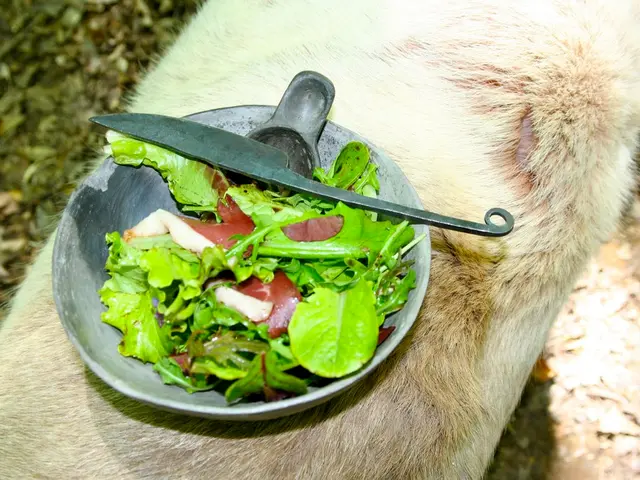Preserve the Starry Night in Maranchón: "We're committed to maintaining our night sky"
In the small municipality of Maranchón, located in Guadalajara, Spain, a proposed project to install five large-scale poultry farms has sparked ecological concerns. The territory of Maranchón is certified as a Starlight Reserve for its quality of dark skies, making it a unique and sensitive area.
Threats to the Starlight Reserve
- Air Quality and Odor Pollution
Large-scale poultry farms produce significant amounts of ammonia and other gases from manure, which can degrade air quality in and around the Starlight Reserve. Odor pollution affects both wildlife and human visitors, potentially disrupting the natural tranquility expected in a protected reserve.
- Water Pollution and Soil Contamination
Runoff from poultry waste can introduce high levels of nitrogen, phosphorus, and pathogens into nearby water bodies. This nutrient pollution can lead to eutrophication in local streams and groundwater, harming aquatic ecosystems within the reserve. Soil contamination by heavy metals and antibiotics used in poultry farming can alter soil chemistry and microbial communities.
- Impact on Biodiversity
The pollution and habitat disturbance caused by large poultry farms can reduce species diversity. Noise and light pollution from farm facilities may disrupt nocturnal wildlife behaviors, particularly critical in a starlight reserve aimed at preserving dark skies. Potential introduction of invasive species or diseases through farm operations can threaten native flora and fauna.
- Light Pollution
Poultry farms typically operate with high-intensity lighting for operational and security reasons, which can significantly increase light pollution. This disrupts natural circadian rhythms of wildlife and decreases the quality of the night sky.
- Land Use Changes
Large-scale farms require substantial land clearance, impacting habitats directly. Fragmentation of habitats may result, limiting wildlife movement and breeding.
Mitigation Efforts
To minimize the environmental footprint of these farms, it is essential to implement effective management strategies. These include better waste management systems, use of covered manure storage and biofilters, adopting lighting strategies that minimize skyglow, establishing buffer zones, and regular monitoring of air, water, and soil quality.
The Future of Maranchón's Starlight Reserve
If the project goes through, Maranchón would become the first protected territory in the area to host an industrial poultry farm. The poultry farms, if implemented, would generate 800 tons of manure, which might be treated in a future biogas plant. The proposed farms would consume 23 million liters of water annually, ten times more than the village of Turmiel. The proposed location is within an area of high ecological value, protected by the Red Natura 2000 and classified as a Special Protection Area for Birds (SPA).
The spokesperson of the platform opposing the project hopes that the regional Administration will act responsibly to protect Maranchón's natural heritage. The quality of water in Maranchón could be affected due to possible nitrate leaks from the poultry farms, posing a significant threat to the local ecosystem. The group is prepared to take action to stop the environmental outrage caused by the proposed poultry farms, emphasizing the importance of preserving Maranchón's unique dark sky reserve.
- The proposed project for large-scale poultry farms in Maranchón, a Starlight Reserve, could pose environmental challenges beyond air and water quality, as the increased light pollution could disrupt the natural circadian rhythms of wildlife and diminish the quality of the night sky.
- In addition to concerns about poultry farms' impact on climate change, conservationists and scientists in health-and-wellness, environmental-science, space-and-astronomy, and fashion may express concern about the disruption of wildlife behaviors caused by the loud and excessive lighting used for security at poultry farms.
- As the rare blend of environmental values in Maranchón, including its dark-sky reserve, is under threat from the proposed industrial poultry farms, advocates for fitness-and-exercise and biodiversity call for mitigation efforts focusing on waste management, improved lighting, and habitat preservation to ensure the continued health of the environment and its diverse inhabitants.




